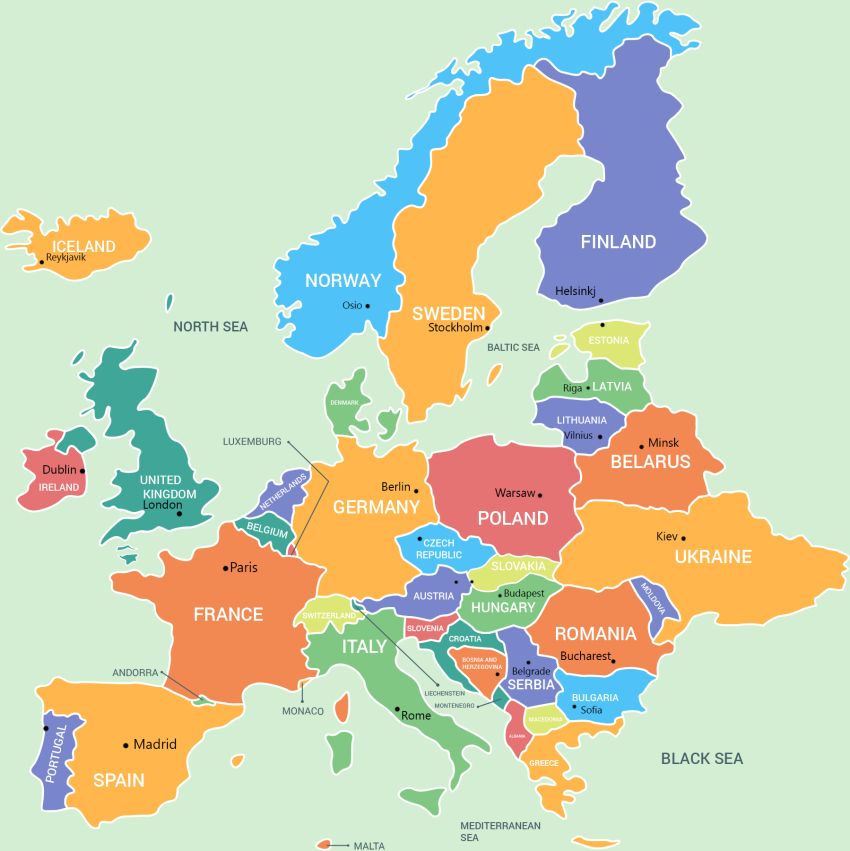The Rise of Nordic Spaceports in Europe’s Quest for Independence
As the European Union seeks to reduce its dependence on American space capabilities, two small but strategically located spaceports in the far north of Sweden and Norway are stepping up to the challenge. These facilities are at the forefront of efforts to launch satellites from mainland Europe, marking a pivotal shift in the region’s approach to space exploration and defense.
The push for independence comes in response to global events that have highlighted vulnerabilities in Europe’s reliance on U.S. technology. President Donald Trump’s “America First” policies and the ongoing conflict in Ukraine have accelerated Europe’s need to develop its own space infrastructure. Concerns over Elon Musk’s potential influence on SpaceX’s Starlink network, which provides critical communication services to Ukraine, have further fueled this urgency.
Despite these efforts, the gap between Europe and the United States remains significant. In 2024, the U.S. conducted 154 launches into orbit, while Europe managed only three. According to an EU study, Europe accounted for just 10% of the $143 billion in global public investment in space ventures last year. This disparity is compounded by the growing trend toward low Earth orbit (LEO) satellites, which offer better connectivity but require larger numbers to achieve full coverage.
Goldman Sachs estimates that 70,000 LEO satellites could be launched in the next five years, representing a tenfold increase. Andrius Kubilius, the European Commissioner for Defence and Space, has emphasized the need for autonomous launching capabilities, stating, “We’ve lost (in) competition to, let’s say, Elon Musk … and definitely we need to have our (own) autonomous launching possibilities.”
The Unique Advantages of Esrange Space Centre
One of the key players in this effort is the Esrange Space Centre, located 200 kilometers above the Arctic Circle. This facility offers a unique combination of geographical and logistical advantages. Surrounded by uninhabited land, it provides ample space for recovering rocket parts and minimizes light pollution. Its proximity to Kiruna, home to one of the world’s largest underground iron ore mines, ensures access to essential transportation networks.
Esrange, established in 1964, has evolved from a research site to a full-fledged orbital launch facility. It was officially recognized as mainland Europe’s first orbital launch site in 2023. The center is currently preparing for orbital launches with new infrastructure, including larger launch pads, hangars, and research facilities.
Collaboration with Andoya Spaceport
Esrange is not alone in this endeavor. It works closely with Andoya Spaceport, an island-based facility in northern Norway. Majority-owned by the Norwegian state, Andoya has already conducted successful test launches, including a recent test by German startup ISAR Aerospace. The company aims to conduct its first commercial flights next year, driven in part by increased interest from defense ministries following Trump’s re-election.
ISAR’s CEO, Daniel Metzler, noted that the political climate has created a sense of urgency for European defense. “Frankly, I think probably the biggest driver was Trump getting elected once again,” he said. “And as such, Trump probably did more for European defence than any European politician before him.”
Aggressive Timelines and Future Prospects
Both Andoya and Esrange are working under aggressive timelines to meet the growing demand for space access. Andoya has a license for 30 launches per year, while Esrange focuses on flexibility through partnerships with U.S. and South Korean rocket manufacturers. Firefly, for example, plans to launch from Esrange starting in 2026, offering a rapid response service capable of deploying rockets within 24 hours.
Despite the progress, challenges remain. Technical systems must be fully integrated, and extensive testing will be required. However, according to Lennart Poromaa, head of the Esrange Space Center, the facility should be fully operational within a year or so.
As Europe continues to invest in its space capabilities, the success of these Nordic spaceports could play a crucial role in securing independent access to space and strengthening the region’s strategic position on the global stage.
